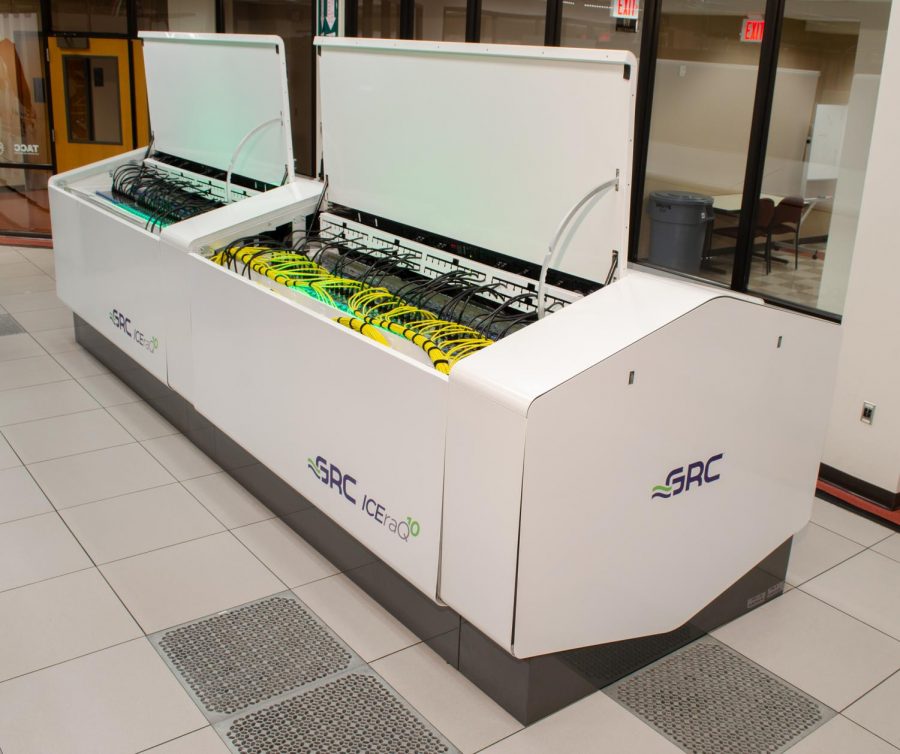Thousands of people pass through Robert Lee Moore Hall every day, but many are unaware that below their feet lies one of the highest peak power laser in service in the United States — the Texas Petawatt. Last year, funding for the laser was discontinued, threatening UT research, but competition with Europe pushed the program to have funding again.
For many years, the Petawatt was funded under the Academic Alliances Program through the Department of Energy National Nuclear Security Administration. Funding was cut because the five-year renewal wasn’t prioritized, said Todd Ditmire, UT physics professor and the director of the Center for High Energy Density Science.
“When one spends one’s career building something and something like this happens, it’s not a happy thing,” Ditmire said. “Once the funding was cut, we put the laser in a warm shutdown mode, and the Petawatt hasn’t been used since.”
The Texas Petawatt now has funding through a different division with in the Department of Energy called the Office of Fusion Energy Sciences. Ditmire said the revived funding is part of a new program called LaserNet U.S., which will create a network of seven sites around the
United States.
Ditmire said the creation of the new program was in response to a report that was issued by the National Academy of Sciences about a year ago, which assessed the United States’ position in laser science.
“The determination of the study was essentially that the U.S. has lost its lead to Europe, so LaserNet U.S. was established as a way to respond to that report and hopefully bolster high intensity research in the U.S.,” Ditmire said. “And since UT has been one of the leaders in high intensity lasers, we are naturally one of the leading members in the LaserNet U.S. effort.”
The laser is important for UT researchers because the power the laser produces is one petawatt, or two thousand times the power output of all the power plants in the United States combined, Ditmire said. By emitting extremely short pulses of light, the Texas Petawatt is able to make environmental conditions that are very difficult to recreate.
“These conditions are similar to those found inside gas giants such as Jupiter or in astrophysical processes such as black holes,” said Griffin Glenn, a physics and Plan II senior who has worked with the Texas Petawatt since his freshman year.
The Texas Petawatt is also used to study proton acceleration, a phenomenon that could revolutionize the world of radiation therapy, Glenn said. Unlike electrons used in radiation therapy, protons don’t deposit much of their energy until they reach their target destination, meaning that proton acceleration affects surrounding tissues significantly less.
“There are currently proton radiation sources, but they’re very expensive,” Glenn said. “The hope is that eventually, with lasers, we could have smaller, cheaper facilities with proton radiation therapy.”
Once the laser is at full operating power, research like this can continue. The Petawatt should be running again by Christmas, Ditmire said.
“We are currently ramping back up and bringing staff members back on board to start operating the laser again,” Ditmire said. “It’s very exciting.”





















